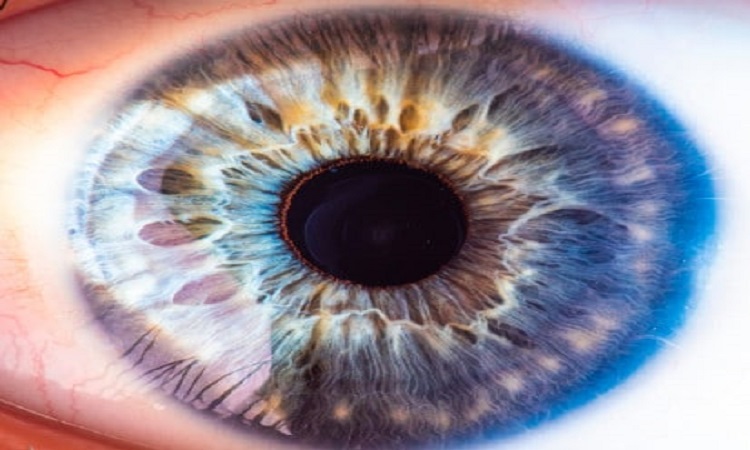How Long Does Cataract Surgery Take?
Has your vision become more blurry? Are you constantly updating your eyeglass or contact lens prescription? Are you bothered by glare from lights? Has your night vision worsened? Are you needing more light in order to read? Any of these symptoms could be signs of a cataract, as your natural eye lens becomes cloudy. The only treatment to correct cataracts is to remove your cloudy natural lens and replace it with a clear artificial intraocular lens through cataract surgery. This will restore your vision once again.

What is Cataract Surgery?
The eye’s natural lens is responsible for focusing and controlling incoming light to give you clear vision. As you age, this lens becomes cloudy, causing the pupil to appear brownish or opaque, which will cause your vision to deteriorate. Cataract surgery replaces the natural cloudy lens with a clear artificial intraocular lens in order to restore your vision once again.
If you have vision problems that affect your daily activities that are no longer correctable by eyeglasses or contact lenses, Dr. Alabata may suggest cataract surgery. This surgery is an outpatient procedure that takes less than 15 minutes. You will be able to return home shortly after the completion of the surgery.
Request a Consultation
We’d love to help you get all the information you need in order to make the best choice for your eyes. Request a consultation today! Our staff is available and happy to answer your every question.
Types of Cataracts Surgery
Dr. Alabata uses two surgery methods to treat cataracts. He also treats secondary cataracts – a common by-product of cataract surgery where the vision becomes cloudy again.
Traditional Cataract Surgery
Traditional cataract surgery is the most common type of cataract surgery – proven to be safe and reliable. In traditional cataract surgery, a small incision is made manually at the edge of the cornea. An opening in the front part of the capsule surrounding the cataract is then manually created. Dr. Alabata inserts an ultrasonic probe through this opening in order to manually break up the hard part of the cloudy lens, and remove it in tiny fragments. A clear artificial intraocular lens is then inserted in its place in order to correct your vision.
Laser-Assisted Cataract Surgery
Dr. Alabata often performs laser-assisted cataract surgery for use with premium intraocular lenses or to fix astigmatism. The laser corrects your astigmatism; creates a precise, bladeless incision at the edge of the cornea; creates an opening in the front part of the capsule surrounding the cataract; and fragments the cataract. An ultrasonic probe is then inserted through this opening in order to remove the fragmented pieces utilizing less energy. A clear intraocular lens is then inserted into the capsule in order to correct your vision. Both this and traditional cataract surgery’s incisions heal without any sutures.
YAG Laser Capsulotomy
In most instances following cataract surgery, a secondary cataract forms with similar symptoms of cataracts. A YAG laser capsulotomy is an in-office procedure that treats the secondary cataract. This procedure only takes a few minutes to complete with no limitations afterward. A small opening is made in the posterior capsule to allow light to focus on the retina and improve vision again, immediately! – a quick, painless procedure .
Take the Next Step
To schedule your in-person cataract or secondary cataract consultation, call Alabata Eye Center at (850) 331-3937. A referral is not necessary. Thank you for trusting our professional services.






